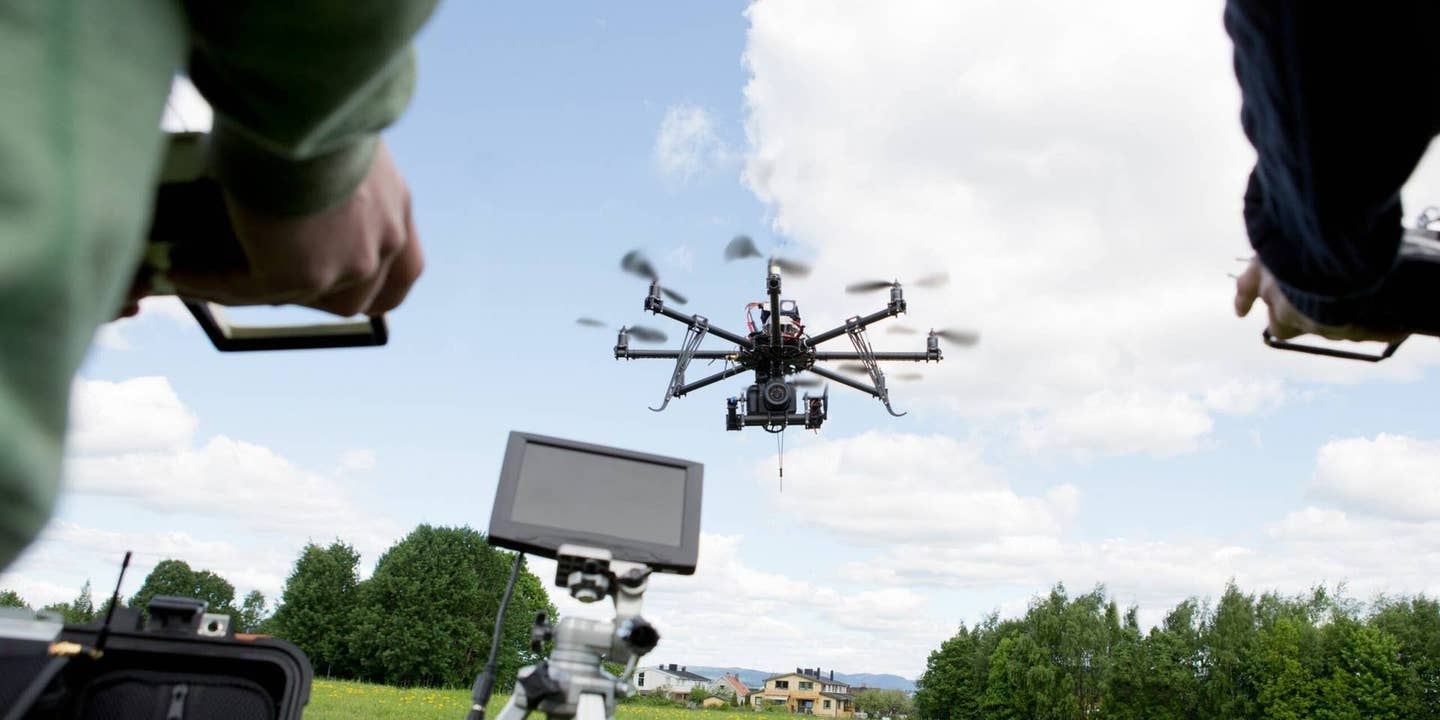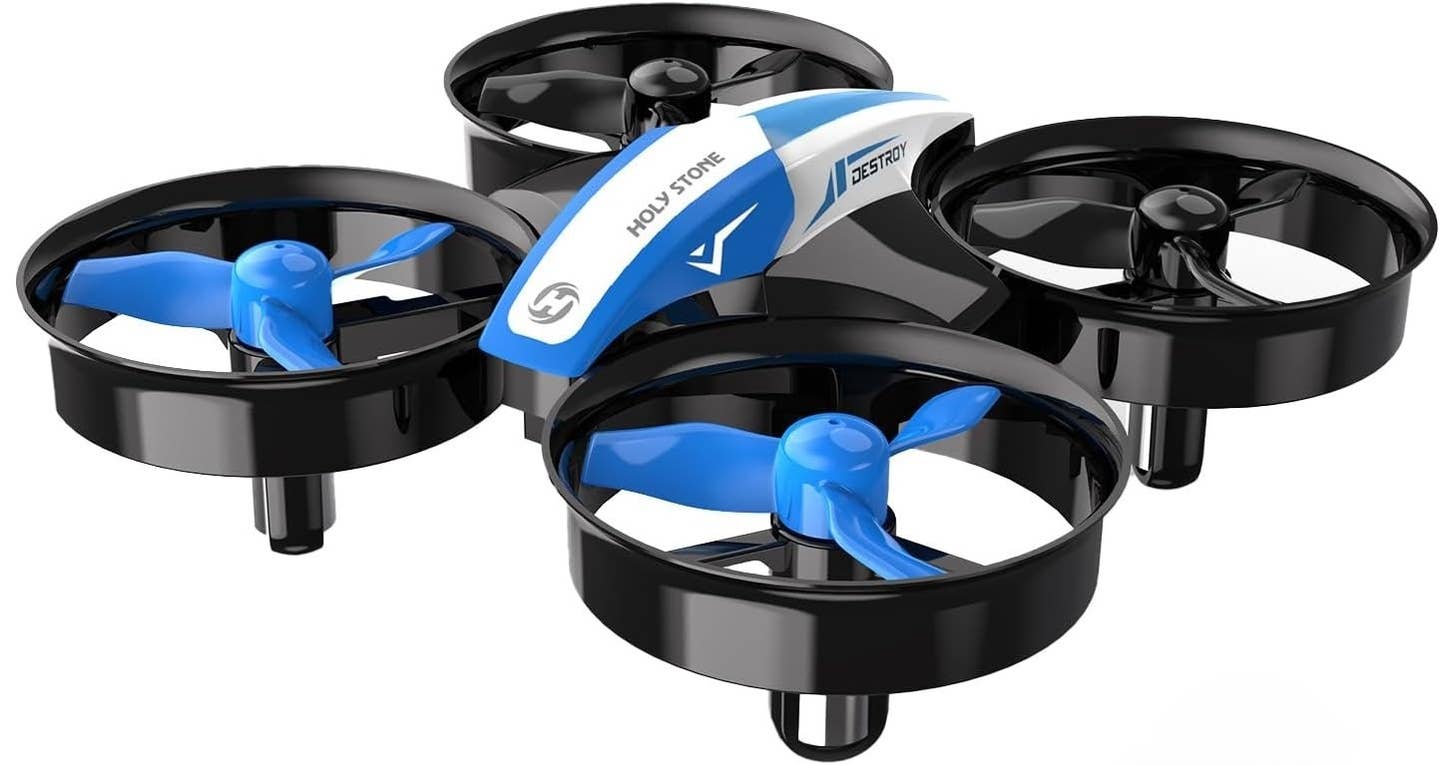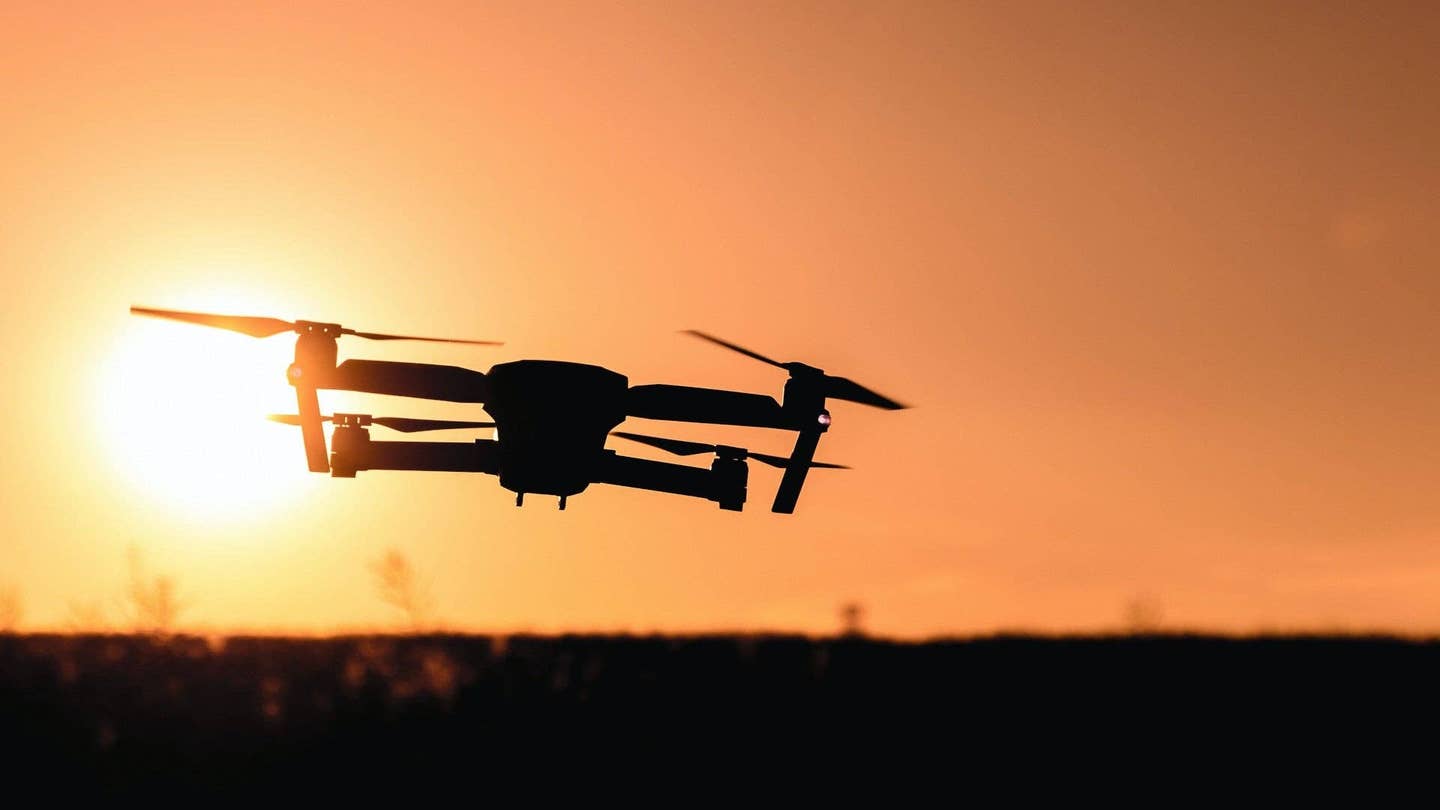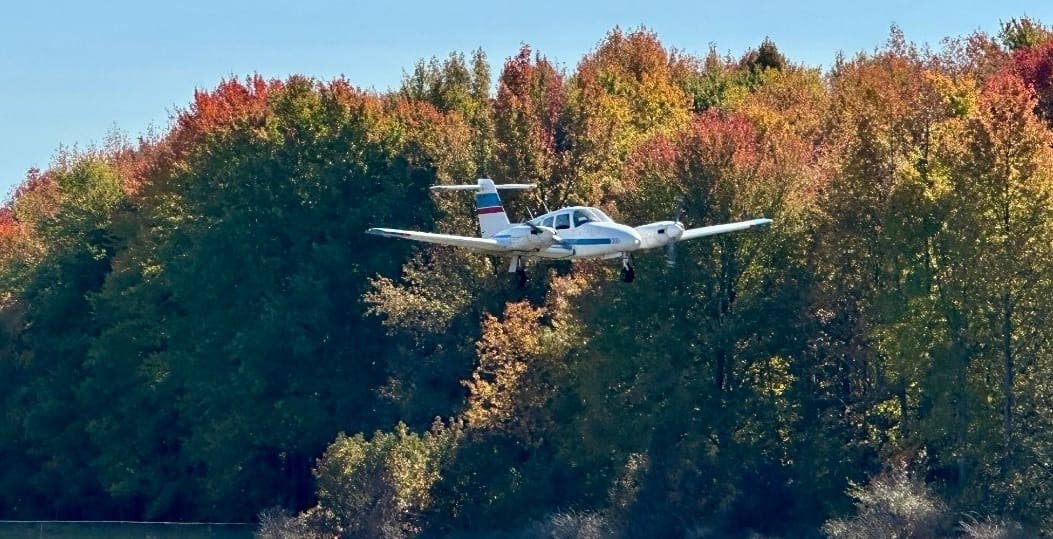What Is Pressure Altitude?
Learn about the significance of this important measurement.
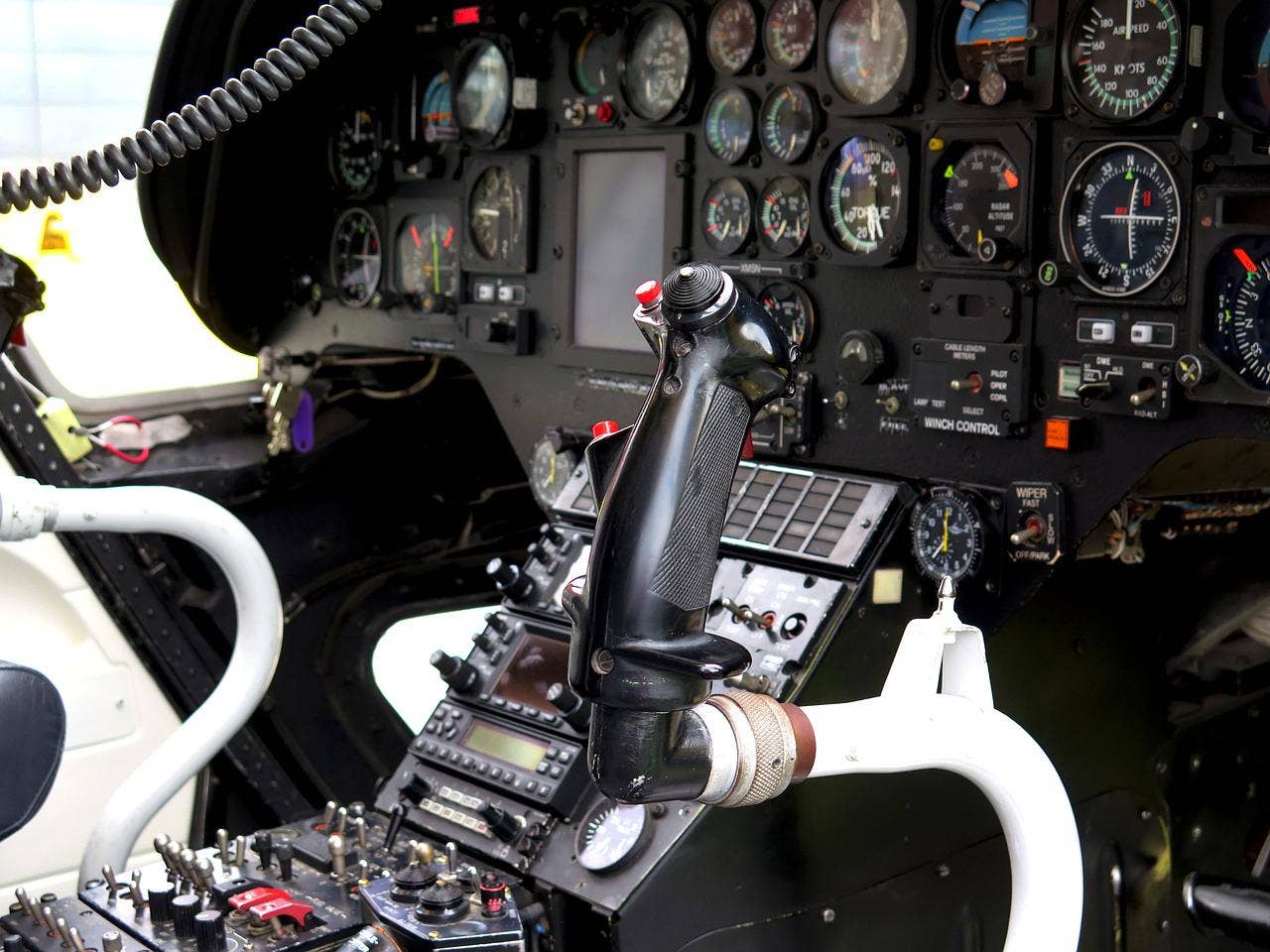
An altimeter is a necessary tool required to fly which keeps track of how high the aircraft is.[Credit: Unsplash]
Aircraft have a lot of necessary tools required to fly, including an altimeter that keeps track of how high they are. However, pilots must use several different types of altitude readings for different flight operations like flight planning, weather interpretation, and navigation.
Pressure altitude is the height of the aircraft above a theoretical reference point known as the standard datum plane. Scientists needed to have standardized values to use as a baseline in weather-related calculations, so standard atmospheric conditions were defined for what a normal day at sea level would feel like.
The standard atmospheric conditions that concern pilots are the ambient temperature of 15 degrees Celsius and pressure reading of 29.92 inHg, or inches of mercury.
In other words, pressure altitude is the altitude that your aircraft performs at on a nonstandard day. The aircraft’s expected performance can be calculated based on this pressure reading, including how fast it will climb, how much runway it needs for landing or liftoff, how fast it will fly, and how much fuel it will use.
How Do You Calculate Pressure Altitude?
To calculate pressure altitude, first get the current altimeter setting from a verified weather source. Check the current METAR online or listen to the ASOS, AWOS, or ATIS frequency at your airport.
The standard is known as International Standard Atmosphere (ISA). Since we know that at sea level the standard conditions are 29.92 inHg/1013.4 millibar and 59 degrees Fahrenheit/15 C, we can use the following formula to calculate pressure altitude:
{(Current altimeter setting - 29.92) x 1,000} + true altitude (or ground elevation)
For every 1,000 feet of altitude gain, your altimeter loses approximately 1 inch of mercury.
How Is Altitude Measured?
On board an aircraft is a barometric altimeter that measures the pressure at your current height and uses a formula to translate this pressure into height measured in feet. Different areas have different standard pressures, so it’s important to update your altimeter setting periodically as you fly. You can always ask air traffic control for an updated altimeter setting or tune into a local airport’s weather frequency and listen to the recording.
Why Is Pressure Altitude Important?
Pressure altitude is used by your aircraft’s manufacturer to determine how the aircraft will perform in ideal conditions, so the aircraft's performance data is calculated based on the ISA. However, sometimes the actual pressure is different because of weather conditions. This differential affects air density and how the aircraft performs.
If the air density is higher, the aircraft will perform like it is actually at a lower altitude. Conversely, if the air density is lower, the aircraft will perform as if it is flying at a higher altitude.
After calculating your pressure altitude, you can look in the aircraft's manual to see how well it is performing.
When Is Pressure Altitude Used?
Pressure altitude is used to determine aircraft performance calculations for flights. It is used when landing, taking off, and in flight. It also allows you to determine how high you are flying in high-altitude flight and how much runway length you need on a non-standard day.
What Is the Relationship Between Altitude and Air Pressure?
Generally speaking, the lower you fly, the higher the density of air or air pressure. This also means the higher you fly, the lower the density of air or air pressure is. However, these factors can be influenced by weather conditions.
For aircraft, this relationship directly affects how well they perform, but we as humans are also affected by air pressure. Lower density air means that there is a lower concentration of oxygen in the air. As a result, people can get altitude sickness when moving from sea level to a mountainous area. The body needs to adapt to the lower concentration of oxygen in the air.
At What Altitude Is Atmospheric Pressure the Greatest?
Atmospheric pressure is the greatest at sea level because this is where the force of gravity is strongest. As altitude increases within a given column of air, there is less gravitational weight being put on that air, so atmospheric pressure is reduced.
Example of Pressure Altitude
You are flying in an area where the pressure at sea level is currently 30.22. The standard pressure is 29.92 inHg.
Subtract the standard from the current pressure. In this case, the difference is 0.3.
Multiply this by 1,000 because per 1 inch of mercury, the altitude changes by 1,000 feet. Or 0.3 x 1,000 = 300.
This means that an aircraft flying at 5,000 feet will behave as if it was flying at 4,700 feet.
The 5 Types of Altitude
Pressure altitude is an essential metric for pilots to understand. However, it isn’t the only type of altitude to be aware of. Pilots deal with different types of altitude for flying, and these are dependent on flight and weather conditions, humidity, and temperature in the area.
1. Pressure Altitude
Pressure altitude is the height above the standard datum plane. It’s the altitude you’d see on your altimeter if the altimeter was set to 29.92 Hg, so on standard day, 29.92 Hg would coincide with sea level. Pressure altitude is used to determine your aircraft's performance in non-standard conditions, which are any time the barometric pressure is anything other than 29.92 Hg at sea level. It is always important to adjust your altimeter by inputting the current pressure setting in the Kollsman window of your altimeter during flight to make sure you fly at the right height.
2. Indicated Altitude
Indicated altitude is, as the name suggests, the reading of your barometric altimeter. When set to the local barometric pressure at sea level, this is what the altimeter shows. It is the uncorrected altitude measured.
3. True Altitude
True altitude is the exact vertical height of your airplane above sea level. True altitude is expressed in feet msl, which means feet above mean sea level. Objects on flight charts use true altitude and are commonly expressed in feet msl.
4. Density Altitude
Density altitude is pressure altitude corrected for non-standard temperature. Your altimeter is designed to tell you your altitude based on pressure without taking temperature into consideration.
On a hot day, air density is lower, and if you follow your altimeter, you will be flying higher than the altimeter indicates. On a cold day, this effect is reversed, and you will be flying lower than your altimeter indicates.
The ISA states that the temperature at sea level is 15 C and reduces by 2 degrees Celsius every 1,000 feet you rise. To calculate density altitude, you must find the deviation from standard temperature. Per deviation of 1 C, your actual altitude will deviate by approximately 120 feet.
5. Absolute Altitude
Absolute altitude is the distance between your aircraft and the ground. This number is ever-changing because the land is rarely evenly flat. Absolute altitude is measured in feet agl, which means feet above ground level.
Absolute height varies with the height of the terrain as well as the height of the aircraft. You can use a radar altimeter to measure absolute altitude up to 2,500 feet agl. Absolute altitude is calculated by measuring how long it takes for radio waves to reflect back from the ground.
Pressure Altitude vs. Density Altitude
The difference between pressure altitude and density altitude is that pressure altitude is corrected for different pressure levels but not temperature. Conversely, density altitude is pressure altitude corrected for deviations in temperature.
Is Pressure Altitude the Same as Flight Level?
Most of the time, pressure altitude and flight level are two different numbers, but they can occasionally be the same.
Pressure altitude is whatever altitude your altimeter would read if you set 29.92 Hg in the Kollsman window (the small portion of the altimeter that shows the barometer setting.) Pressure altitude may coincide with the actual flight level at times when standard atmospheric conditions exist, but if the current altimeter setting is anything other than standard, flight level and pressure altitude will not be the same.
Pressure Altitude: Flying High
There are many different altitude readings that pilots have to use to fly their aircraft safely. Pressure altitude lets them adjust their aircraft performance for higher or lower density air and accurately fly at higher altitudes. Meanwhile, density altitude allows pilots to adjust for temperature deviations.
But don’t worry, you don’t have to be a rocket scientist to figure out these different altitudes. These days, most of the calculations are done by onboard technology.
For the latest information on all things aviation, check out FLYING Magazine.
FAQ
What happens to pressure with altitude?
As altitude increases, pressure decreases. The higher you go, the less dense the air and the lower the atmospheric pressure will be.
What is the difference between pressure altitude and true altitude?
True altitude is your actual height above sea level, while pressure altitude is your height above the standard datum plane. In standard atmospheric conditions, the standard datum plane exists at sea level. In that case, true altitude and pressure altitude are the same. When conditions are other than standard, pressure altitude may be higher or lower than true altitude.
What causes pressure altitude to change?
Atmospheric pressure changes as a result of changes in air density, and air density is primarily affected by temperature. Cool air is more dense than warm air, so pressure over an area of cool air is higher than an area of warmer air. Pressure changes throughout the day as temperatures increase and decrease, so it’s important to periodically update the altimeter setting in an aircraft to make sure the altitude shown is accurate.

Sign-up for newsletters & special offers!
Get the latest FLYING stories & special offers delivered directly to your inbox


